Partners in the Spotlight
Selected integrations
AXIS ACAP - Parquery in-camera
Fotokite - Parking & Traffic Surveys
Parquery works with ANY camera
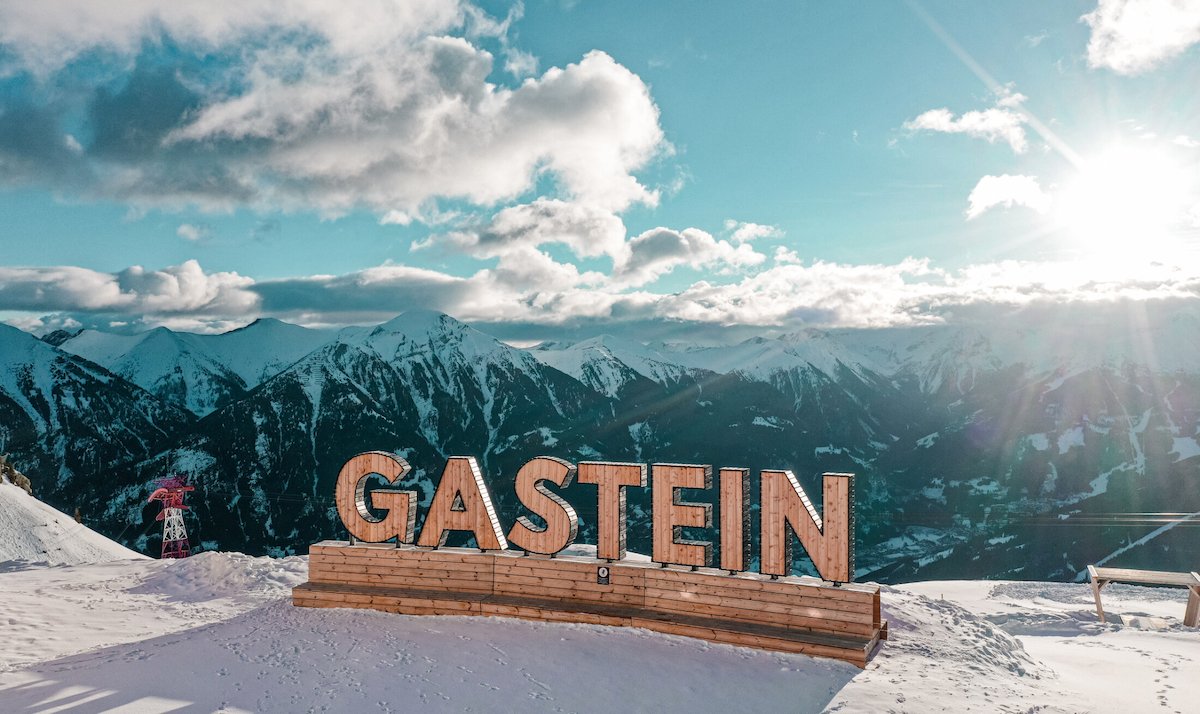
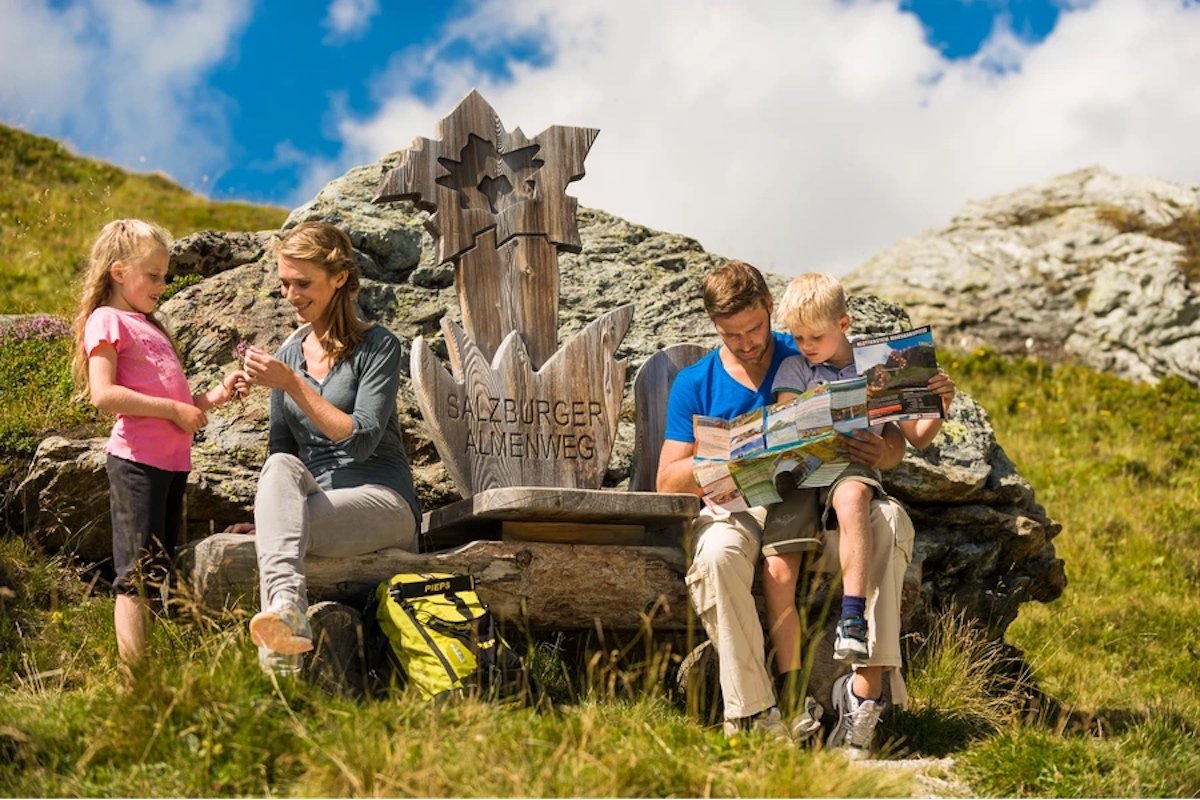
The Gastein valley in Salzburg, Austria, is a year-round destination, drawing visitors to its famous natural hot-spring spas and stunning mountain scenery. In the winter part of Europe’s second largest ski area, The Ski Amadé, the Gastein resort is famed for its fabulous skiing and snowboarding. It welcomes about 14-15,000 guests a day. A range of varied activities for all ages and tastes makes it a top summer destination, too.


There is something for everyone on the mountain; only with diversification do you make it enjoyable for everybody. Then everyone has their personal mountain experience.
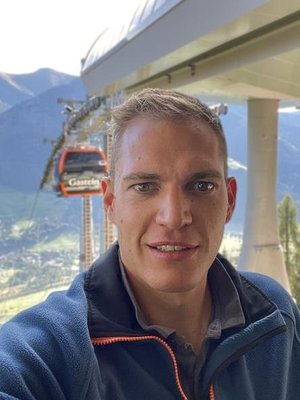
Gasteiner cable cars strive for their guests to get what they are looking for - their personal mountain experience - without feeling crowded. This needs careful management and an accurate understanding of
How do people spread on the mountain?
Cable car tickets give an idea of guest numbers. Turnstiles at their entrances record when and how many visitors board which gondola, chair lift, or cable car. However, they do not tell where people go afterwards or what drew them in.
The fact that someone gets on at 10 o'clock at the turnstile does not tell us what they will do on the mountain.
We wanted to compare how many people are at what location at which time.

Thus, Gasteiner cable cars was looking for a solution that provides a deeper understanding of people's movement on the mountain. They found it in Parquery’s visitor footfall analysis.
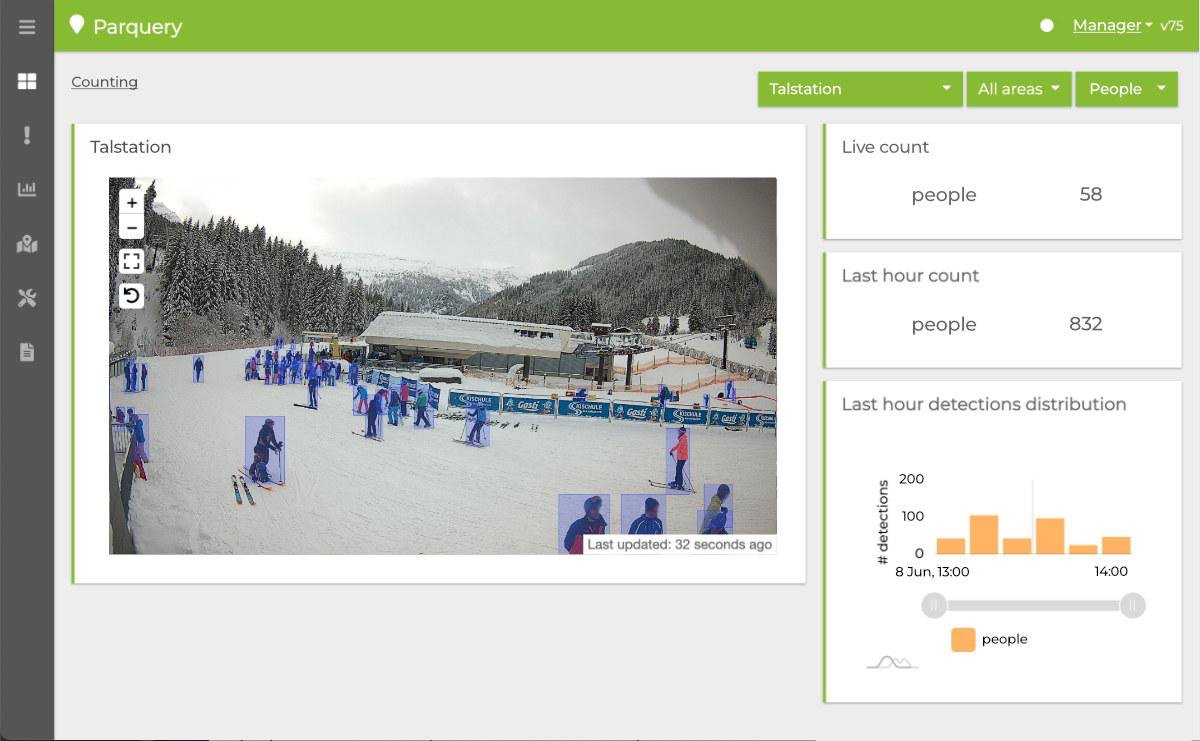
The optimal mountain experience for every guest
Gasteiner cable cars initiated a year-long audit to obtain footfall data as a first step towards a visitor management system.
With Parquery’s people counting solution, Gastein could use 12 existing cameras to analyze visitor footfall in key locations of the resort, e.g. the ticketing area, the children’s playground, a viewing platform, or the starting points of their most popular hiking and climbing trails. Over one winter and one summer season, the cameras recorded the occupancy level using still images captured in a 5-minute interval.
Naturally, requirements in a mountain resort change between seasons: summer infrastructure and activities hibernate during the skiing season. Accordingly, cameras were relocated between seasons - a need Parquery's learning solution is made for. It is flexible and modular, so extending it is as easy as adding a camera, and thanks to the Artificial Intelligence (AI) powering it, adapts quickly to previously unseen scenes.

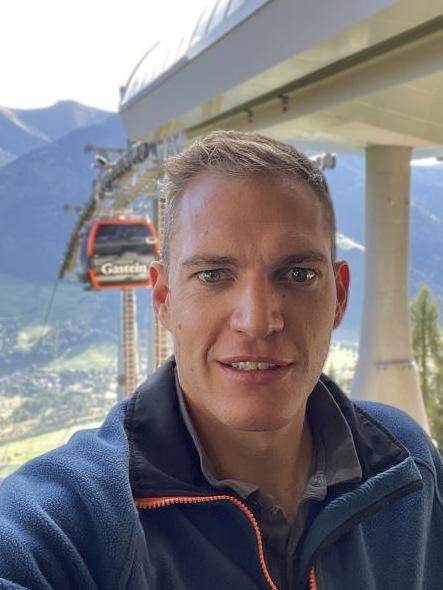
Gasteiner Bergbahnen benefit from camera-based footfall data. Matthias Egger explains how.
All photos copyright of Gasteiner Bergbahnen AG unless stated otherwise
No one likes to worry about where to park the car before a day on the slopes. Driving on snowy mountain roads bumper-to-bumper with other winter sports enthusiasts can be daunting enough.

With smart parking, you'll pick your guests up beforehand: Inform them about available parking and live conditions before they leave home, and guide them to a free spot in real time.
Get your guests right on their skis, without parking worries
Ski-World-Cup city Kranjska Gora sets an example
Charming villages tucked away in the mountains, nestling in remote valleys, perched atop a cliff overlooking the meadows, with narrow cobbled alleys winding between chalets. This is the image we have of mountain resorts.

Not built for the requirements of today’s traffic and mobility, their guests often end up in the inevitable tie up on a long access road or in town - the first and the last hoop to jump through for their vacation.
With traffic flow analysis you have a tool to improve the traffic situation for your guests and citizens. Find out which road users go where, where bottlenecks are, how traffic flow could be improved to reduce congestions.